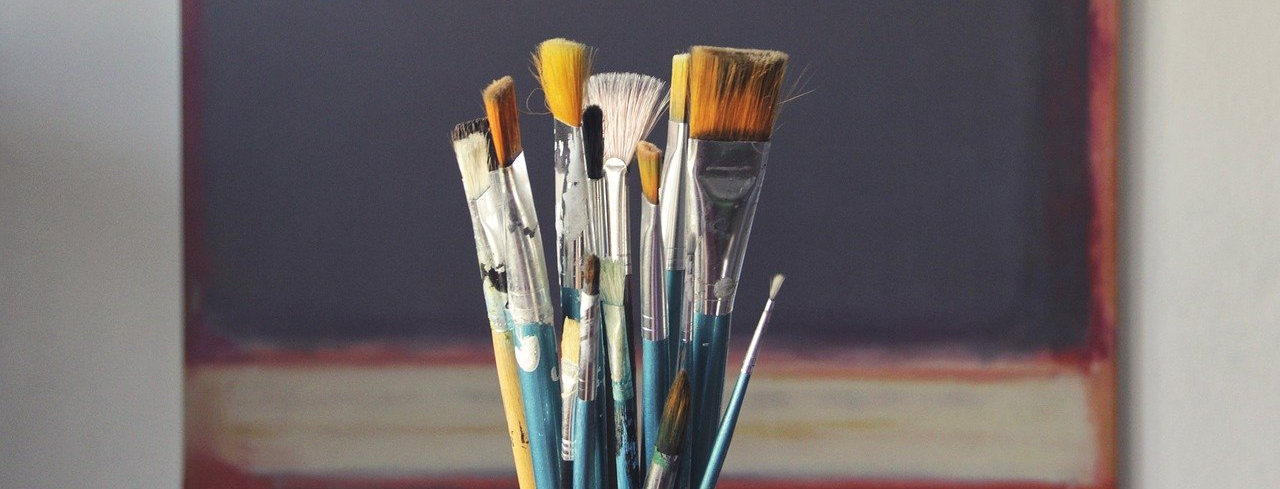The EIT has opened a call for proposals in the culture and creative sectors to establish a new knowledge and innovation community.
On 26 October 2021, the European Institute of Innovation and Technology (EIT) launched the search for sectoral leaders in the cultural and creative fields to establish a new knowledge and innovation community (KIC) to provide training and education, fostering innovation projects, establishing business incubators and accelerators. From the beginning of 2022, the EIT is operating under a new framework that should improve its services for entrepreneurs. As part of the Strategic Innovation Agenda 2021-2027 the EIT is setting up the EIT Culture & Creativity, starting in 2022, and the one on Water, Marine and Maritime Sectors and Industries which will be launched in 2026. For the 2021 to 2027 funding period, the EIT Culture & Creativity and the KIC in water-related industries will share a budget of around €300 million (although such KICs usually receive funding over at least 14 years, depending on their mid-term assessments). The call for the EIT Culture & Creativity is open now until 24 March 2022 at 17:00 CET. Subsequently, after the evaluation of the proposals between March and June 2022, the winning EIT Culture & Creativity consortium will be designated.
The EIT KICs constitute broad partnerships between SMEs, research centres and universities, strengthen pan-European cooperation, and create a favourable environment for creative thought processes and innovation to flourish. They harness Europe’s innovation and entrepreneurship to find solutions to major societal challenges in areas with high innovation potential. Since the initial establishment of the first EIT KICs in 2010, the ecosystem has steadily grown, with every KIC focusing on a different societal challenge such as health, food, manufacturing or climate. The eight EIT KIC innovation communities currently running form Europe’s largest innovation network and have brought forward sustainable products, services, engineers, scientists, companies, revenue, profit and jobs. Each KIC has been set up as a legal entity and has appointed a CEO to run its operations, which is rather unusual for a European initiative. The EIT provides the KICs with a large degree of autonomy to define their legal status, internal organisation and working methods, so that they are able to react in an effective and flexible way to new challenges and changing environments.
The cultural and creative sectors and industries are among Europe’s leading job providers, which could provide solutions to some of society’s most pressing socioeconomic issues. At the same time, creative and culture industries – by their very nature – promote cultural diversity, pluralism and strengthen social cohesion in Europe. Moreover, they have an important potential in enhancing Europe’s role on a global stage, not only economic terms, but also as ambassadors of values. Europe has a distinctive competitive advantage in the field of cultural heritage, cultural and linguistic diversity and top-class education and technologies. While the European Union has excellent research expertise and infrastructure and institutions in the culture and creative industries, much more could be done to unlock untapped economic opportunities in creative fields, especially given the current disruptive force of new digital technologies. An EIT Innovation Community is particularly timely given the technology challenges the sector faces, the cultural challenges Europe faces, and the great potential for combining as yet untapped entrepreneurship skills, new technological research and cross-sectoral synergies.
The EIT’s call for proposals for this latest KIC is directed at consortia of actors from Europe’s cultural and creative sectors and industries such as architecture, cultural heritage, design, fashion, film, music, publishing, performing arts and video games. The required size of the applicant consortia is maximum 50 partners. The required size of the applicant consortia will have to be met during the submission phase and will have to be maintained during the evaluation, designation and start-up phase. Following the start-up phase, the KIC will have to ensure openness to new partners, which is an important element of the EIT KIC model. Over time, the KICs are expected to transition towards financial sustainability. It is expected that KICs be encouraged to gradually decrease the share of EIT funding in their business plan during the duration of the partnership agreements, while increasing the level of co-investment from non-EIT sources. The ultimate goal is to have a self-sustaining community capable of funding its actions purely through industry, or local and regional contributions.
To provide interested applicants with more information about the current Call for Proposals, the EIT has announced that it will be hosting a series of webinars in November and December 2021. Participants will have the opportunity to learn about the EIT’s innovation model and gain insight into how an EIT Knowledge and Innovation Community fosters innovation. Interested organisations are invited to connect on the designated networking platform.

